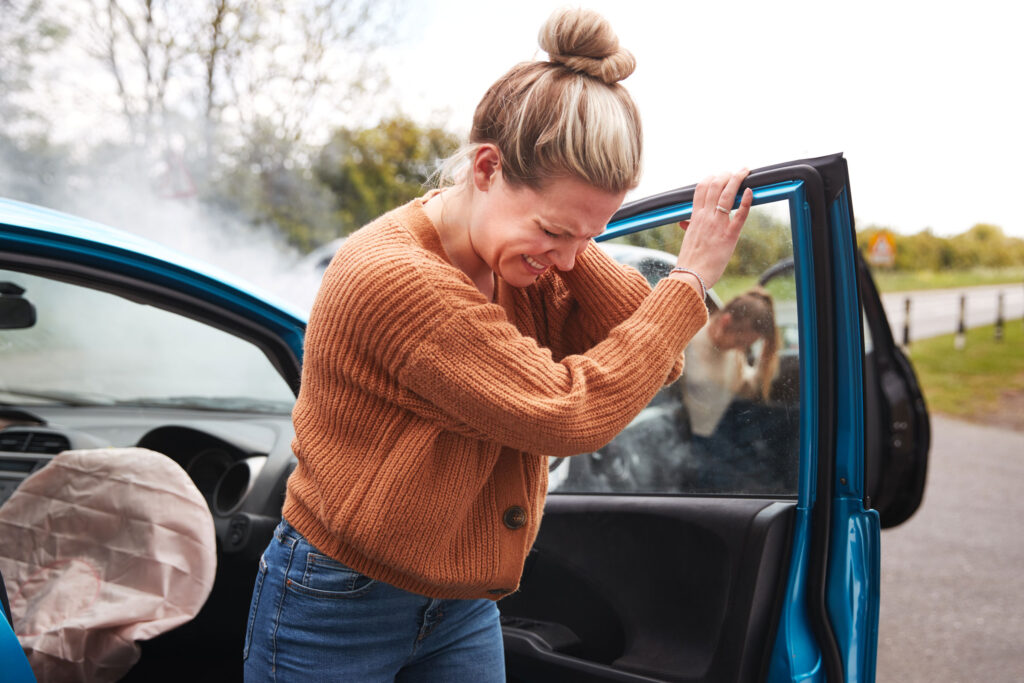It can happen when you least expect it. You’re driving home from work or out running a short errand, and suddenly you find yourself in a very unpleasant situation: involved in a rear-end accident. Rear-end car accidents are very common, and they never come at a good time.
You might think determining fault in a rear-end accident is pretty simple. But as an Orange County personal injury lawyer, Harsh Law can tell you that’s not always the case. If you find yourself in this situation, whether you’re the driver in the front or back (or even the middle), it’s important to know how to determine fault in these types of accidents.
Not all rear-end collisions are the same.
Liability in a Rear-End Collision Is Usually Easy to Determine
When a rear-end collision occurs, the responsible party is usually apparent. In the vast majority of cases, the driver of the vehicle in the back is the person responsible for the crash. Typically, the driver in the back could have and should have done something differently to stop sooner and prevent the collision.
Drivers Must Leave Enough Following Distance
California Vehicle Code 22350 requires drivers to leave sufficient distance between them and the vehicle in front of them. A driver should leave enough room to stop their vehicle if the vehicle in front stops suddenly. Put another way; drivers should leave plenty of reaction time.
California Vehicle Code 22350
No person shall drive a vehicle upon a highway at a speed greater than is reasonable or prudent having due regard for weather, visibility, the traffic on, and the surface and width of, the highway, and in no event at a speed which endangers the safety of persons or property.
California law requires drivers to leave a reasonable and prudent distance between their vehicle and any vehicle in front of them. If a driver doesn’t leave enough following distance and a crash occurs, not only are they in violation, but it’s also proof that they’ve acted negligently.
Something that often surprises folks is that the driver in the back may not be at fault. In reality, the driver in front may have more to do with the accident than it first appears.
For example, the car in front may have had a flat tire or other vehicle damage but fail to turn on their hazard lights. Perhaps the driver in front accelerated in reverse, and their brake lights weren’t working or only partially working. In these cases, it is possible that the rear driver is only partially to blame, or even not to blame at all.
Sometimes rear-end collisions aren’t only with one car. They can occur with two, three, even four or more cars, creating a pile-up. If a car pushes you into the back of another car, you are not liable for the collision. In this situation, it is usually the second car in the pile-up, however a legal expert can help determine this through testimony and technical evidence.
Don’t Go It Alone
Determining fault in a rear-end accident can feel overwhelming. It’s not enough to have a verbal account of what happened. You might have to rely on eyewitness testimony, review the police report to see if it contains helpful evidence (like debris or skid marks), or you might need an inspection of one or both vehicles.
If you’ve been involved in a rear-end collision, the legal team at Harsh Law is here to help. Contact0 Mark Harshbarger and the legal professionals at Harsh Law at
+1 (949) 257-2349 for a no-obligation case evaluation today.


